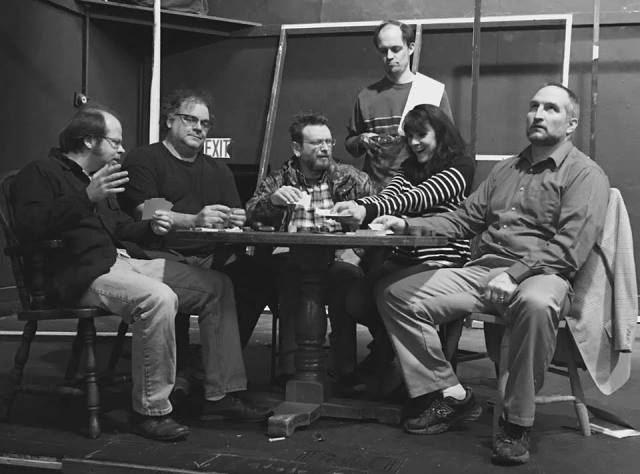Just before Steve Stephens is seen shooting dead 74-year-old Robert Godwin, a grandfather whose family members describe him as “one in a million,” he forces the man to say a woman’s name. Godwin, confused, complies. “Yeah,” Stephens responds. “She’s the reason why this is about to happen to you.” Stephens pulls the trigger and later posted the video of the killing for a Facebook audience.
After a manhunt, Stephens was found dead Tuesday — and Facebook is in the tough position of having to explain why this keeps happening — why the social network has been repeatedly used to broadcast sexual assaults, group beatings and even killings.
But many media outlets must also answer for a serious misstep: the widespread decision to publish and broadcast the name of the woman Stephens called his “girlfriend.” Stephens’ publicly blaming her for a killing makes her, at the very least, the victim of extreme emotional abuse by an apparent misogynist.
There’s nothing wrong with news outlets reporting on Stephens’ stated motivation — and it is true, he said the woman’s name in his Facebook video (which the company has since taken down). But doing exactly what Stephens wanted — terrorizing and debasing her by potentially putting her name on the lips of everyone in the country, including the man he killed — is quite another. It abets him.
Do we not get this by now? We’ve seen how it works before: An angry man feels entitled to something from a woman and lashes out when he doesn’t get it.
We saw it, for example, with Elliot Rodger, the man who killed six people in Isla Vista, California, in 2014 and said in his final YouTube video that his rampage was motivated by misogyny — that women, whom he didn’t seem to consider individuals with their own needs, desires and right not to have sex with him, had left him no choice.
“I don’t know why you girls aren’t attracted to me,” Rodger said in the video, “but I will punish you all for it.”
Stephens’ claims that he was angry because a woman wouldn’t call him back puts him in the company of millions of men worldwide but was apparently an indignity so galling it forced him to kill a blameless old man.
According to him, anyway. But he also blamed his mother.
While most abusive men aren’t as extreme and as public as Stephens, his actions fit a pattern of abusers, who often shift blame for their own actions to others, and abuse their partner by threatening to hurt someone else — a relative, a child, a beloved pet, even a stranger.
And not all publications have used the name of the woman believed to have been associated with the suspect (CNN has not). But many local media outlets have, and so have some popular websites — including Heavy.com, which published “5 Things You Need to Know” about her, including her photo, screen shots of her Facebook posts and her place of employment. Even larger outlets, including CBS and The New York Times, published her name in full.
It is the 21st century, and we are widely clued in to misogyny and its many forms. So why would media outlets double down and drag this woman’s name through the mud? Why did she, an innocent person and now collateral damage in a horrific crime, feel forced to make a public statement that included the words “I’m sorry”? What does she have to be sorry about, other than, it seems, trying to create some space between herself and a man willing to kill in cold blood — a good decision if there ever was one?
Her naming surely isn’t malicious, but it’s indefensibly reckless. It’s doing the bidding of an abuser and killer. And it’s the people who put this woman’s name out there, not the woman herself, who should be saying they are sorry.



